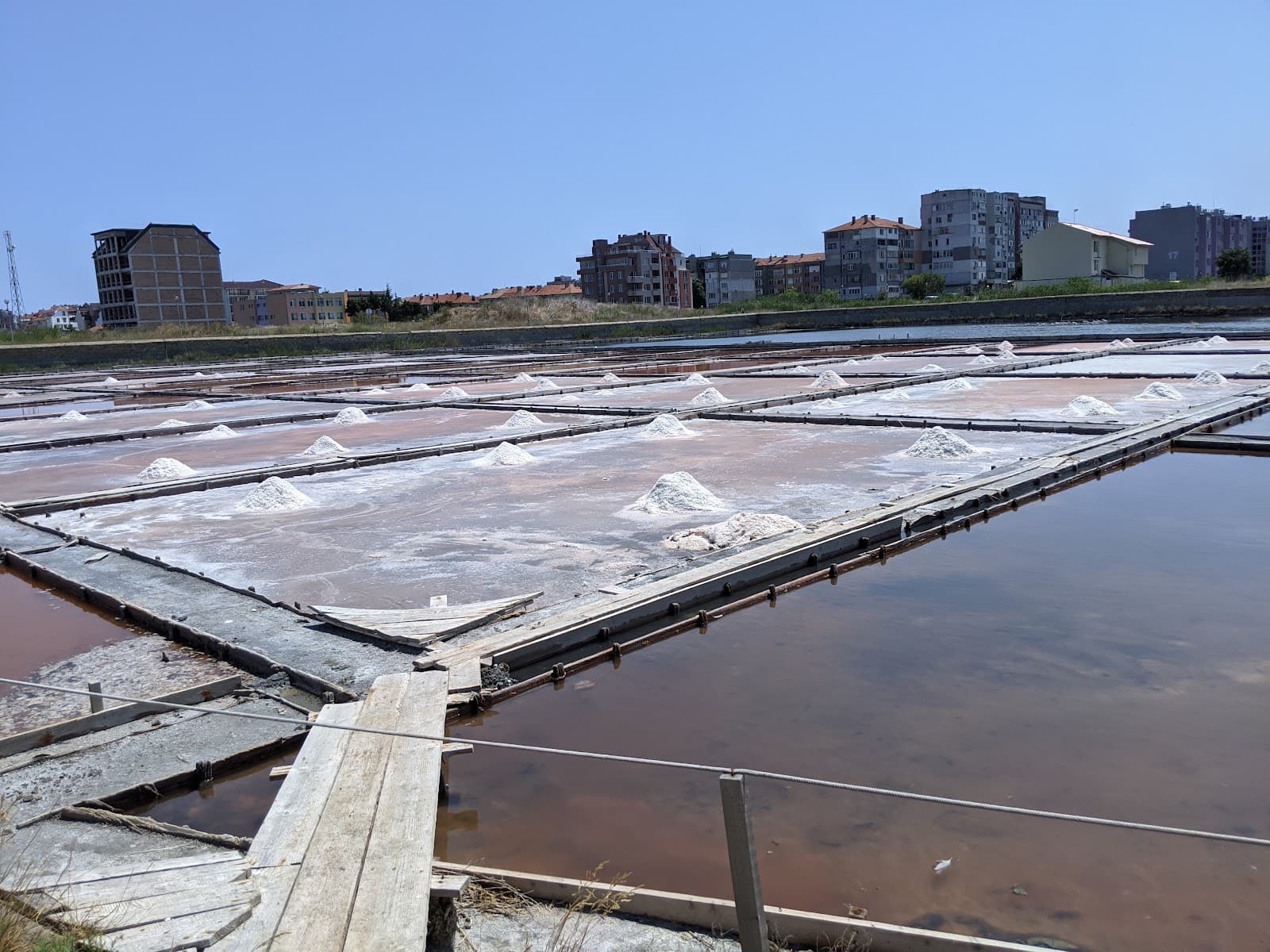
Pomorie Salt Museum
Discover Bulgaria's only salt museum, showcasing centuries-old solar salt production techniques and active salt pans.
Highlights
Must-see attractions
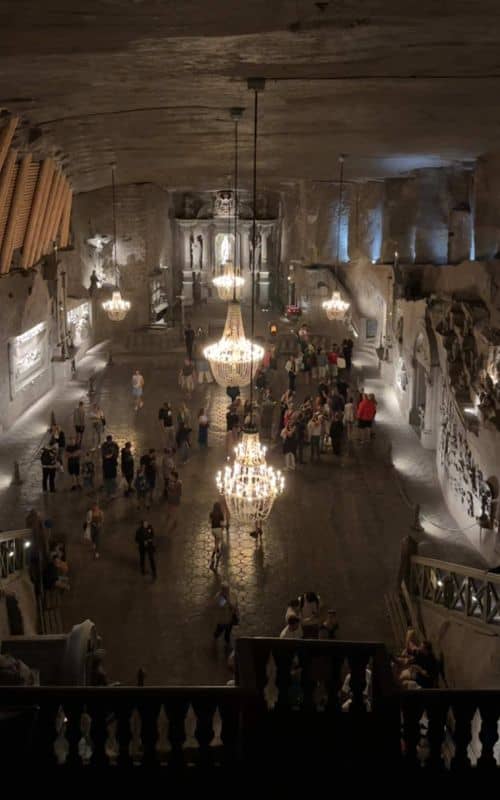
Social
From TikTok & Reddit
Best Time
Fewer crowds, better photos

Pomorie Salt Museum
Best Time
Fewer crowds, better photos
Highlights
Must-see attractions
Discover Bulgaria's only salt museum, showcasing centuries-old solar salt production techniques and active salt pans.
"A unique and fascinating museum offering a rare glimpse into traditional salt production methods."
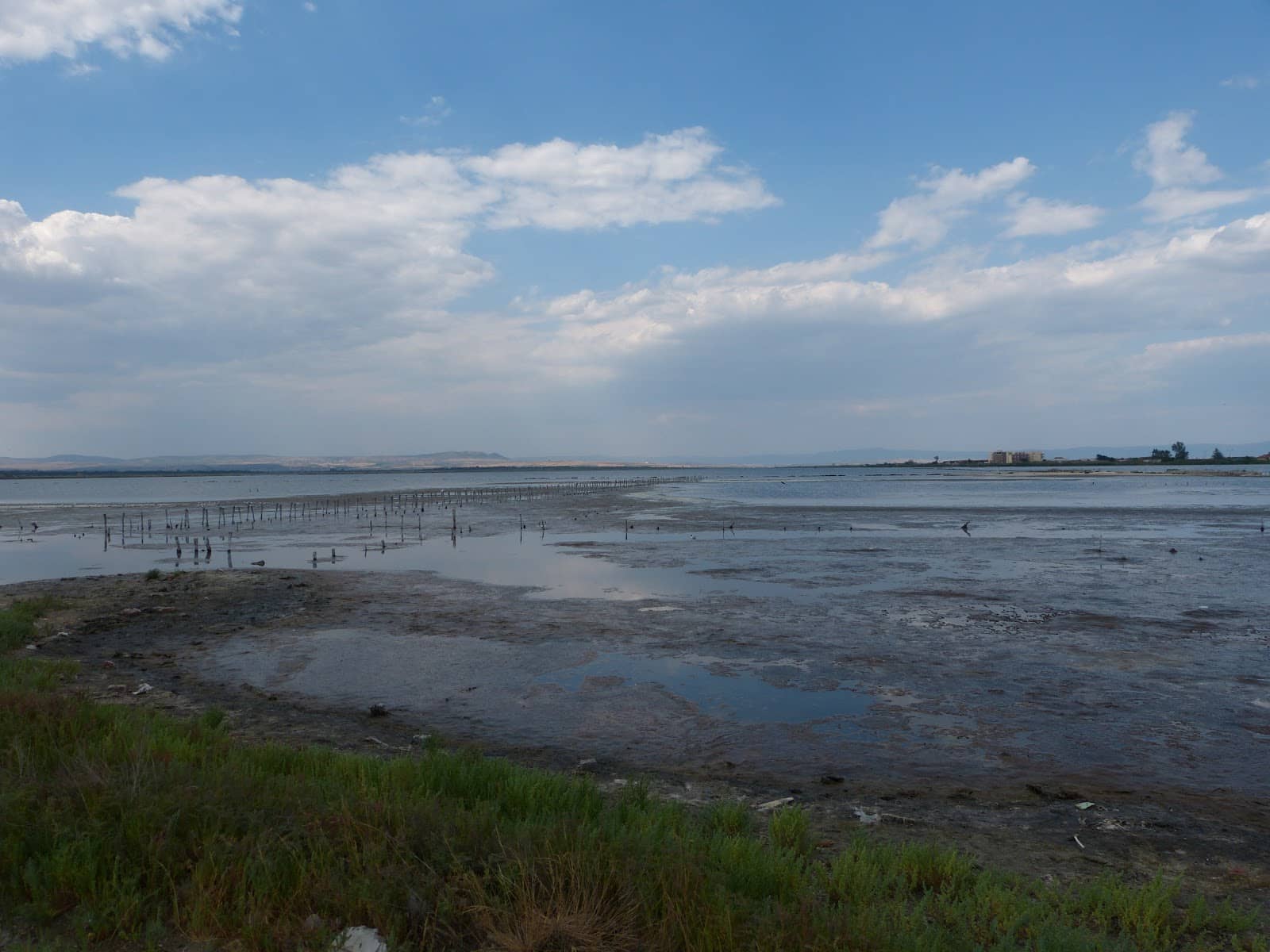
Bring Cash for Purchases
Many items, like salt and cosmetics, are cash-only. Be prepared to pay with leva. :moneybag:
Scan QR for History
A QR code offers detailed info on the museum's EU funding and history. Very informative! :iphone:
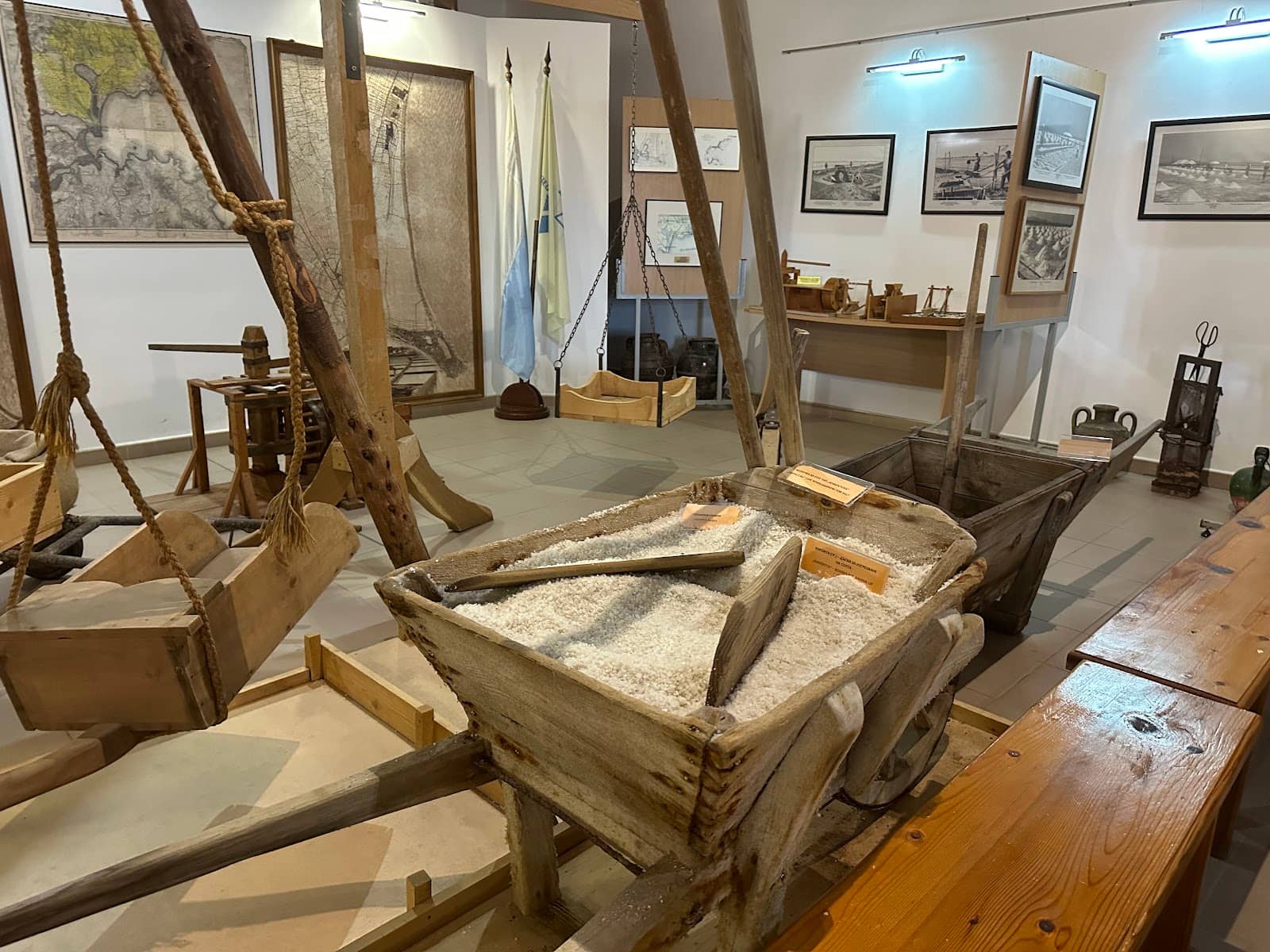
Highlights
Discover the most iconic attractions and experiences

Active Salt Pans
Outdoor salt pans
Witness centuries-old salt extraction techniques still in use today. See the salt crystallize under the sun.

Salt Production Exhibits
Museum interior
Explore displays detailing the historical methods of solar salt production. Learn about this unique Eastern European tradition.
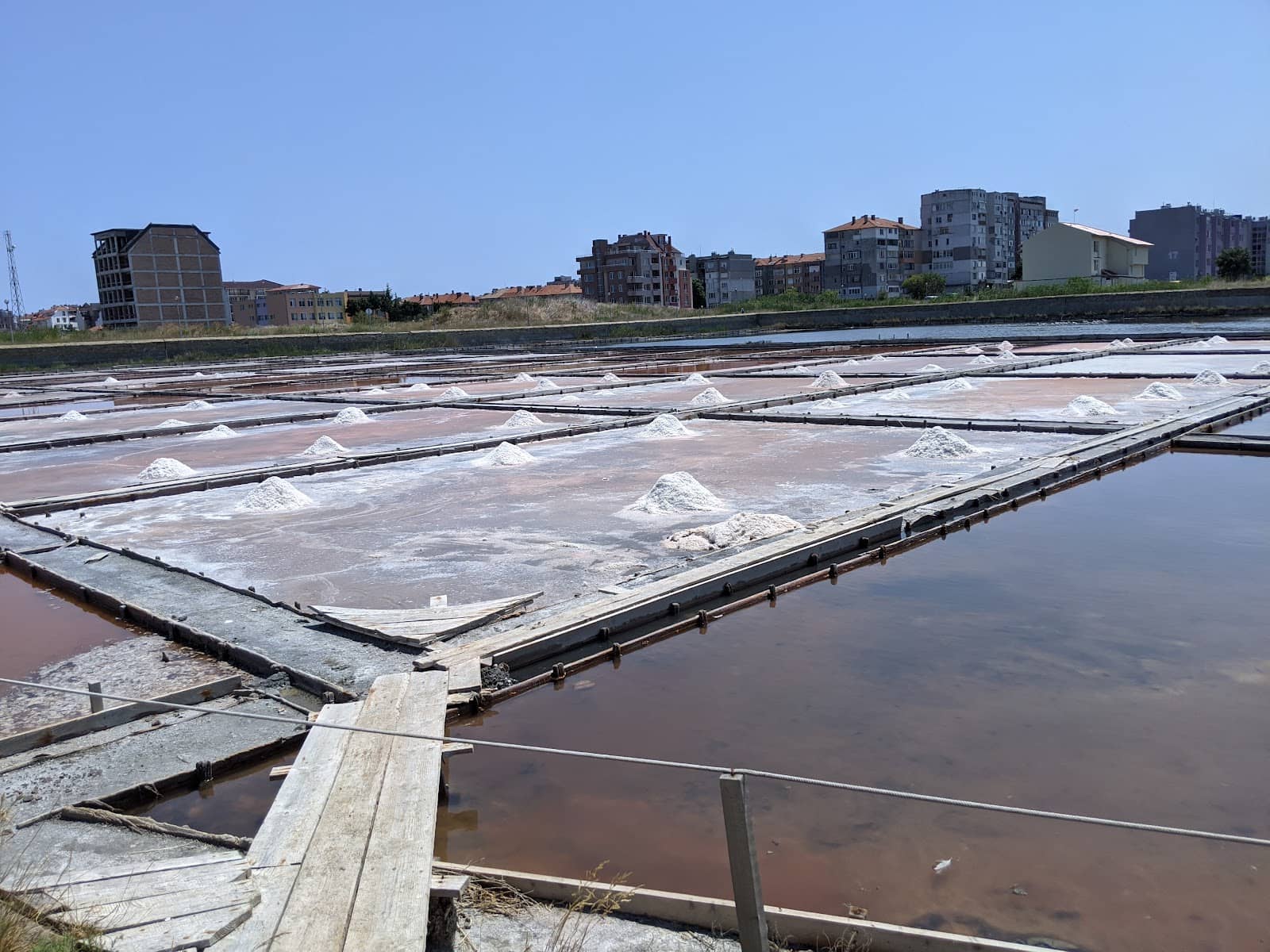
Local Salt Products
Museum shop
Purchase authentic Pomorie salt and salt-based cosmetics. A unique souvenir from your visit.
Plans like a pro.
Thinks like you
Planning Your Visit
Timing is Everything
Cash is King
Best Times
Insider Tips
from TikTok, Instagram & Reddit
Bring Cash for Purchases
Many items, like salt and cosmetics, are cash-only. Be prepared to pay with leva. :moneybag:
Scan QR for History
A QR code offers detailed info on the museum's EU funding and history. Very informative! :iphone:
Consider Healing Mud
The area around the salt pans is known for healing mud. You might get dirty, but it's worth it! :earth_americas:
Small but Mighty
It's a small museum, so allow 5-10 minutes for the exhibits. Enjoy the unique process. :clock1:
Tips
from all over the internet
Bring Cash for Purchases
Many items, like salt and cosmetics, are cash-only. Be prepared to pay with leva. :moneybag:
Scan QR for History
A QR code offers detailed info on the museum's EU funding and history. Very informative! :iphone:
Consider Healing Mud
The area around the salt pans is known for healing mud. You might get dirty, but it's worth it! :earth_americas:
Small but Mighty
It's a small museum, so allow 5-10 minutes for the exhibits. Enjoy the unique process. :clock1:
What Travellers Say
Reviews Summary
Visitors find the Pomorie Salt Museum a unique and fascinating experience, offering a rare glimpse into traditional salt production methods. While small, the museum is praised for its educational value and the opportunity to see active salt pans. Some reviewers noted minor issues with staff interactions or the brevity of the exhibits, but overall, it's considered a worthwhile visit for its cultural significance and local products.
"A unique and fascinating museum! The Salt Museum in Pomorie offers a wonderful glimpse into the traditional salt production methods that have been preserved for centuries. The guides are knowledgeable and passionate, and the atmosphere is both educational and relaxing. A must-visit if you’re in the area!"
Ростислав Стоянов
"The history of sea-salt harvesting - experience so rare that you cannot miss."
Valentina Belcheva
"It’s an interesting small museum which can be covered when you enter in 5-10mins. You can buy products including salt for 3€ . To pay ,you need cash.
An interesting note if you scan the QR code on the wall before entering the museum : The Museum of Salt in Pomorie was opened on September 7, 2002. It was created with the financial support of the European Union through the program "Far" In implementation of the projects "Everything
¡salt /ALAS/" 2001-2002. and
Development of the Salt Museum Pomorie as a completed object and cultural tourism" 2004-2005.
The museum in Pomorie is the only museum in Bulgaria and in Eastern Europe specialized in the
production of salt by solar evaporation of water.
1 star minus due to the rudeness of the old man that sells the salt and other products in the museum .
We don’t know how effective the product we bought is but the salt was good and we are still trying the cream.
There’s a small parking space or you can park a little away and then walk"
Home Kitchen
What People Like
What People Dislike
Frequently Asked Questions
🚇 🗺️ Getting There
The Pomorie Salt Museum is located in Pomorie, Bulgaria. If arriving by car, there is a small parking space available nearby, or you can park a little further away and walk. Public transport options to Pomorie are available from larger cities like Burgas.
Yes, Pomorie is accessible by public transport from Burgas and other nearby towns. From the town center, it's a relatively short walk or a quick taxi ride to the museum.
The most convenient way is to take a bus from Burgas to Pomorie. From the Pomorie bus station, you can then take a local taxi or walk to the Salt Museum.
Yes, the museum is near the salt pans, offering beautiful views of the lake. You can also explore the beaches and the town of Pomorie.
There is a small parking area directly at the museum, but it can fill up quickly. Alternatively, you can find parking a short distance away and enjoy a brief walk.
🎫 🎫 Tickets & Entry
The museum is typically open during daylight hours, but it's best to check for specific seasonal hours. Visiting during the day allows you to see the salt pans in action.
Entrance fees are generally low. Adults typically pay around 3 leva, and children around 2 leva. It's advisable to have cash for ticket purchases.
Advance booking is usually not required for the Pomorie Salt Museum, as it's a small attraction. You can typically purchase tickets upon arrival.
Yes, the museum has a shop where you can purchase local salt products and cosmetics made from salt.
The salt pans are part of the museum's experience, and the admission fee generally covers access to view the active salt extraction process.
📸 📸 Photography
Photography is generally allowed inside the museum and around the salt pans. The unique landscape offers great photo opportunities.
The active salt pans with their geometric patterns and the museum exhibits themselves provide excellent photographic subjects. The surrounding lake also offers scenic views.
Drone usage regulations can vary. It's best to check local rules and regulations before flying a drone over the salt pans or museum area.
While generally permitted, be mindful of other visitors and avoid intrusive photography. Some specific exhibits might have temporary restrictions.
Sunny afternoons are ideal for capturing the glistening salt crystals and the vibrant colors of the salt pans. Early mornings can also offer beautiful light.
🎫 💡 Onsite Experience
You'll see exhibits on traditional solar salt production, the history of salt harvesting in the region, and the active salt pans where salt is still extracted using ancient methods.
A visit is usually quite brief, around 5-10 minutes for the museum exhibits, but you can spend longer observing the salt pans and enjoying the surroundings.
While not always explicitly advertised, guides are often knowledgeable and passionate about the salt production process, offering insights during your visit.
Yes, children can find the process of salt extraction fascinating. The interactive elements and the unique environment make it an engaging visit for families.
It's the only museum in Bulgaria and Eastern Europe dedicated to salt production by solar evaporation, preserving a rare and ancient technology.
🍽️ 🛍️ Shopping & Dining
You can purchase high-quality Pomorie salt, known for its purity, and various salt-based cosmetics and creams.
It's recommended to have cash (Bulgarian leva) as card payment facilities may be limited or unavailable for souvenir purchases.
The museum itself is small and doesn't typically have dining facilities. However, there are restaurants and cafes in the town of Pomorie.
Salt products are generally affordable, with items like salt costing around 3 euros.
Tasting is usually not permitted for hygiene reasons, but you can inquire about the different types of salt available.
For Different Travelers
Tailored advice for your travel style
👨👩👧 Families with Kids
Tip: Encourage kids to look for the different shapes and sizes of salt crystals. The nearby area is also known for its healing mud, which can be a fun, albeit messy, addition to the adventure for adventurous families. Just be sure to bring a change of clothes!
💰 Budget Travelers
Pro-tip: Bring cash for any souvenirs you might want to purchase, as card facilities may be limited. You can also combine this visit with exploring the free-to-access salt pans and enjoying the scenic lake views, maximizing your experience without extra cost.
Deep Dives
In-depth insights and expert knowledge
The Art of Solar Salt Production
Visitors can observe this live process firsthand, witnessing the dedication and skill involved in extracting this essential mineral. The museum itself houses exhibits that delve deeper into the history and technology of salt harvesting in the region, showcasing tools and methods used by generations of salt workers. It's a fascinating look at how a simple natural resource has shaped local economies and traditions for millennia.
A Unique Cultural Experience
Beyond the educational exhibits, the museum offers a chance to connect with the local environment. The surrounding salt pans are not only visually striking but also contribute to the area's unique ecosystem. Visitors often mention the opportunity to experience the healing properties of the local mud, which is rich in minerals from the salt lakes. This adds another layer to the visit, blending cultural learning with natural wellness.


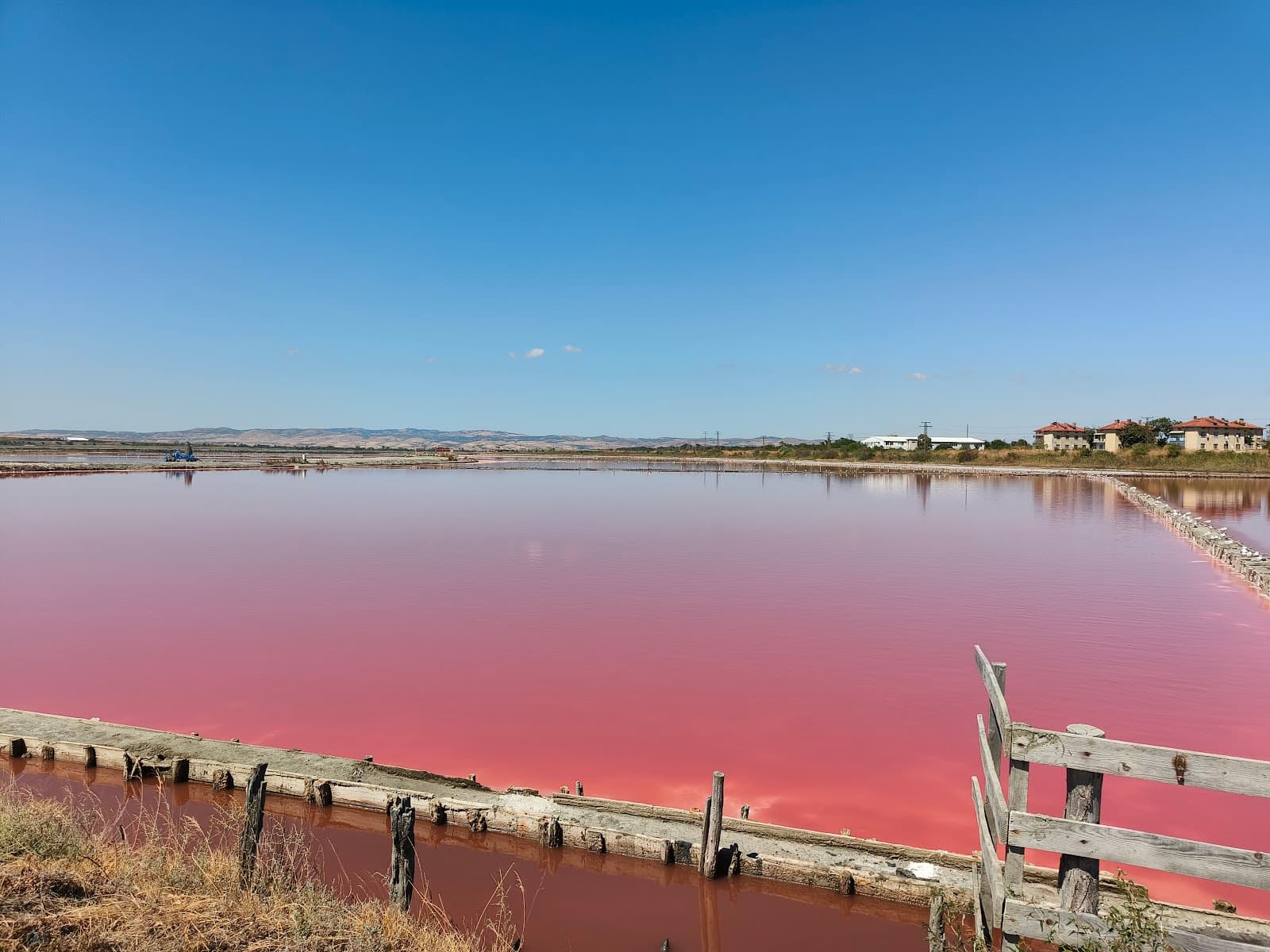
Social
from TikTok, Instagram & Reddit